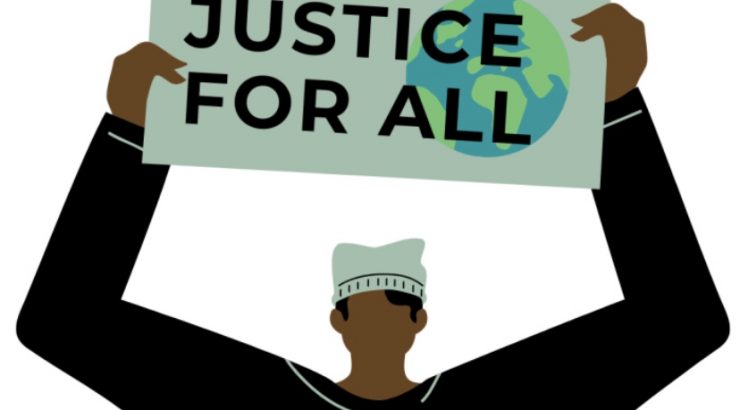
Intersectional Issues: Environmental Racism A brief introduction to environmental racism and the consequences BIPOC face today
August 3, 2020
It seems as though we have reached a new turning point in history – in the midst of a pandemic, police brutality being documented, and emphasizing social justice movements such as Black Lives Matter like never before. In order to address the concept of intersectional environmentalism, we must first acknowledge environmental racism. Essentially, this is the disproportionate impact of environmental hazards on black people, indigenous people, and people of color (BIPOC) through industry practices and public policies. Through time, discrimination, and political neglect, racist environmental policies have been created and enforced. Oftentimes, these policies assign people of color a higher risk of dealing with environmental disasters, pollution, and/or living near toxic waste facilities, landfills, or sewage plants.
According to a study from the National Institutes of Health and the U.S. National Library of Medicine, “Environmental risks are not uniformly distributed across groups of people. Age, poverty, and minority status place some groups at a disproportionately high risk for environmental disease.” Perhaps this indicates and explains the importance of intersectional movements – environmentalism, civil rights, feminism, social justice, and others can all interconnect due to the fact that certain issues overlap and involve one another in making progress within that movement. For example, it would be difficult to address the health issues of black and brown communities caused by a nearby toxic waste plant without acknowledging the systemic racism which placed those individuals there because of their race, as well as how that corporation harmed the environment in such a way. For this reason, the future of environmentalism is intersectional, and sustainability can and should be incorporated in all disciplines.
To further confirm the presence of environmental racism, an EPA report from 2018 concluded that BIPOC are much more likely to live near polluted areas. This also exemplifies that groups of people living in poverty are often exposed to more fine particulate matter, especially as the U.S. government currently seeks to continue rolling back regulations on pollution.
Similarly, according to the Centers for Disease Control and Prevention, BIPOC are 4 to 5 times more likely to experience COVID-19-related hospitalization or death. This is due in part to the fact that BIPOC are subject to systemic racism, as seen through higher incarceration rates and essential-worker jobs. For example, food-processing plants and prisons serve as ideal places for COVID-19 to spread, among other risky environments for BIPOC during the pandemic. It is essential to mitigate the disproportionate impact of COVID-19 on racial and ethnic minorities, and to practice health equity, as detailed by health and behavioral science experts around the country.
During such turbulent times, the environmental justice movement must work toward enacting policies to protect BIPOC and underamplifed communities who continue to experience perhaps the worst of the climate crisis and the pandemic. Now more than ever is the time to continue to self-educate on environmental racism, amplify underheard voices, and advocate for the justice deserved.
Check out our link to resources via Instagram: https://www.instagram.com/p/CCMRVOZBwsM/?igshid=536uv9w7c52u